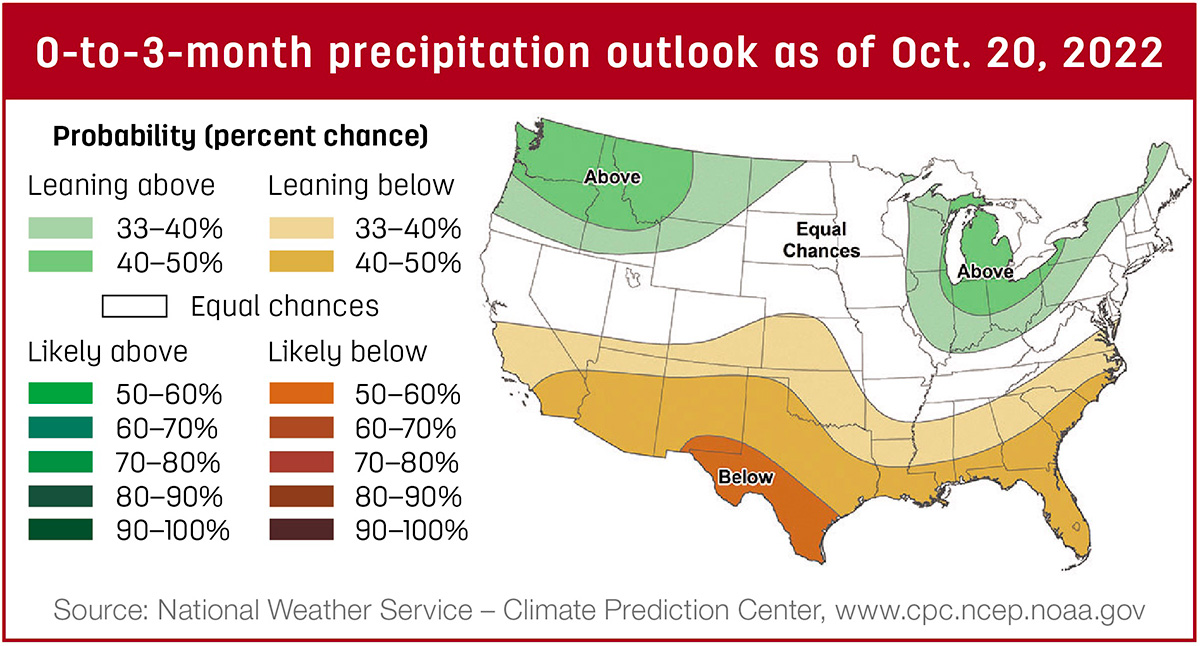When it comes to buying feed, the option that appears to be the cheapest may not be. When comparing feeds, it is important to compare the price per pound of protein or energy, i.e., total digestible nutrients (TDN), and not just the price per sack or ton. Energy supplementation is needed when hay and forages are too low in TDN to meet animals’ requirements or when additional weight gain or body condition are desired.

To make comparisons, first determine the pounds of nutrient per ton or sack by multiplying the nutrient concentration of the feedstuff by the quantity of feed purchased. Then divide the purchase price by the pounds of nutrient. The examples below show the price per pound of TDN for two different 20% cubes that cost $14.60 (max crude fiber 10%) and $12.60 (max crude fiber 15%) per sack.
20% cube (maximum crude fiber 10%, 72% TDN, as-fed basis)
- 50 pounds x 72% TDN = 36 pounds of TDN per sack
- $14.60 ÷ 36 pounds of TDN = 40.6 cents per pound of TDN
20% cube (max crude fiber 15%, 57% TDN, as-fed basis)
- 50 pounds x 57% TDN = 28.5 pounds of TDN per sack
- $12.60 ÷ 28.5 pounds of TDN = 44.2 cents per pound of TDN
The cube that is cheaper per sack actually costs more per pound of TDN. Another way to look at this is to consider how many pounds of each cube would need to be fed to provide the same amount of TDN to a cow and compare the cost per day. If it was determined the cow needed 5 pounds per day ($1.46 per day) of the cube that cost $14.60 per sack, then 6.3 pounds ($1.59 per day) of the other cube would need to be fed to provide the same amount of TDN. So, in this example, the cube that was cheaper per bag actually costs 13 cents more per cow per day to feed.
Unfortunately, TDN is not printed on the feed tag guaranteed analysis but can sometimes be obtained from the company. For cubes and textured feeds, the crude fiber level can be a good way to compare feed options. In general, as the crude fiber level increases, the TDN value of the feed will decrease, as shown in the example above. When possible, look for feeds that contain less than 11% crude fiber.







